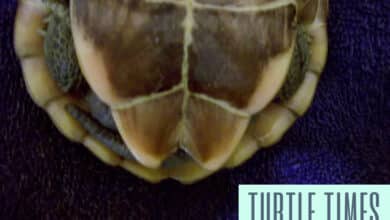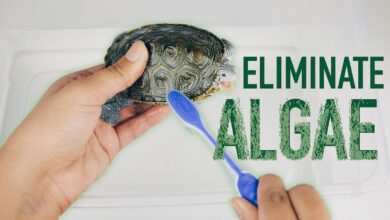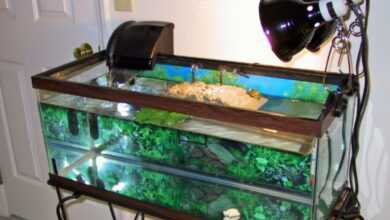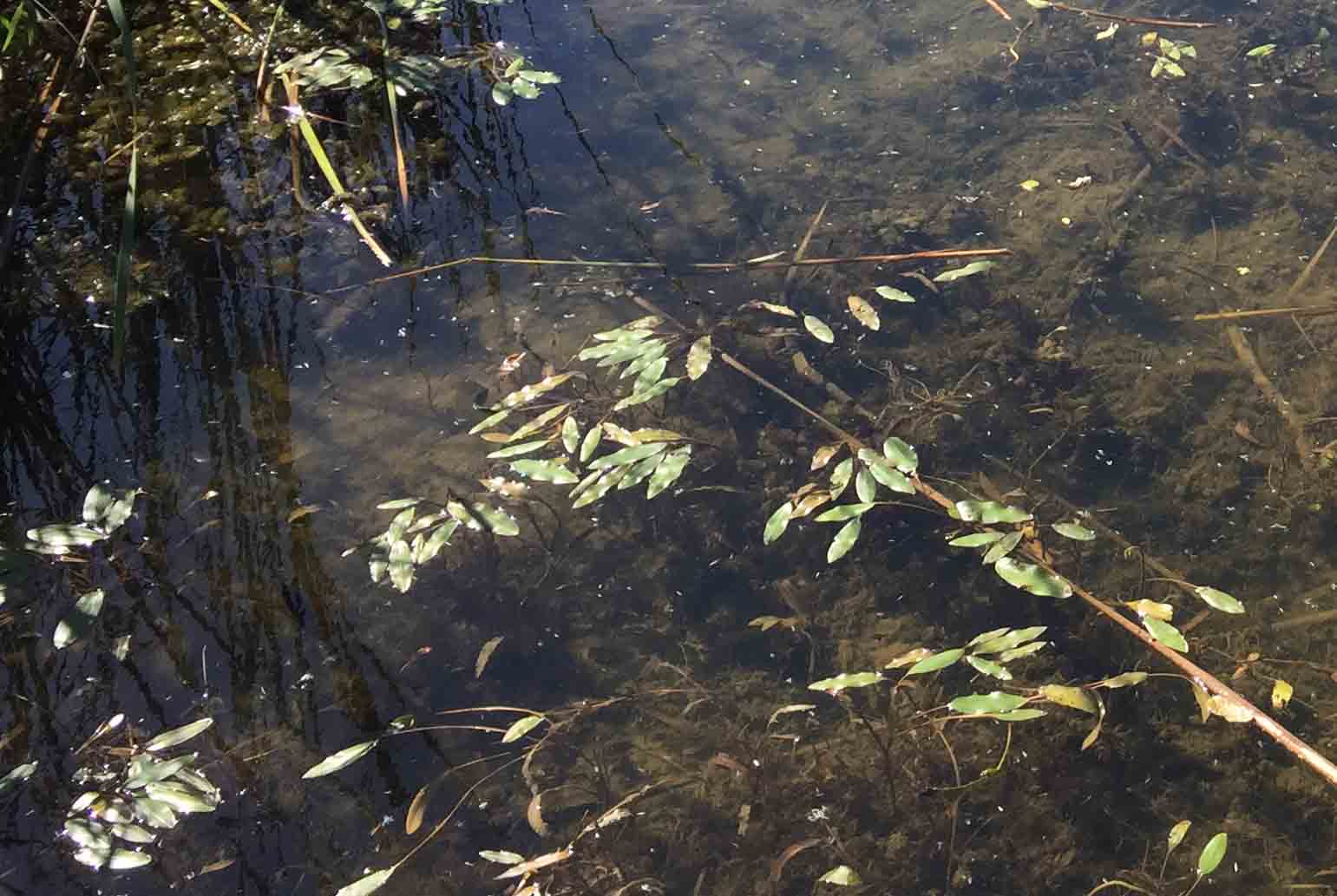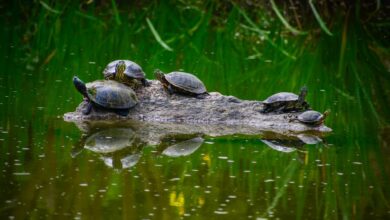Can Turtles Breathe Through Their Butts?
Can Turtles Breathe Through Their Butts? Really?
Turtles are unique creatures that have evolved some fascinating adaptations over millions of years. One of the most well-known turtle “facts” passed around on the internet and in popular culture is the claim that turtles can breathe through their butts.
But is this actually true? Let’s take a deeper look at turtle anatomy and physiology to get to the bottom of this question.
An overview of turtle respiration
Turtles, like other reptiles, breathe air using lungs located inside their shell. They have a typical respiratory system with nostrils (nares) for inhaling air and a glottis opening to the trachea that leads air to the lungs.
When a turtle inhales, the air flows through the nasal cavity and into the glottis. The glottis can open and close to direct airflow. When open, inhaled air enters the trachea and then the bronchi, which branch into smaller bronchioles in the lungs.
In the lungs, oxygen diffuses into the bloodstream while carbon dioxide diffuses out to be exhaled. The air then flows back out through the glottis and nostrils.
Turtles utilize both their lungs and the lining of their throat and cloaca to absorb oxygen and release carbon dioxide.
The throat lining allows for some gas exchange when a turtle is underwater, while the cloacal lining provides additional gas exchange. However, the bulk of their respiration still occurs using their lungs.
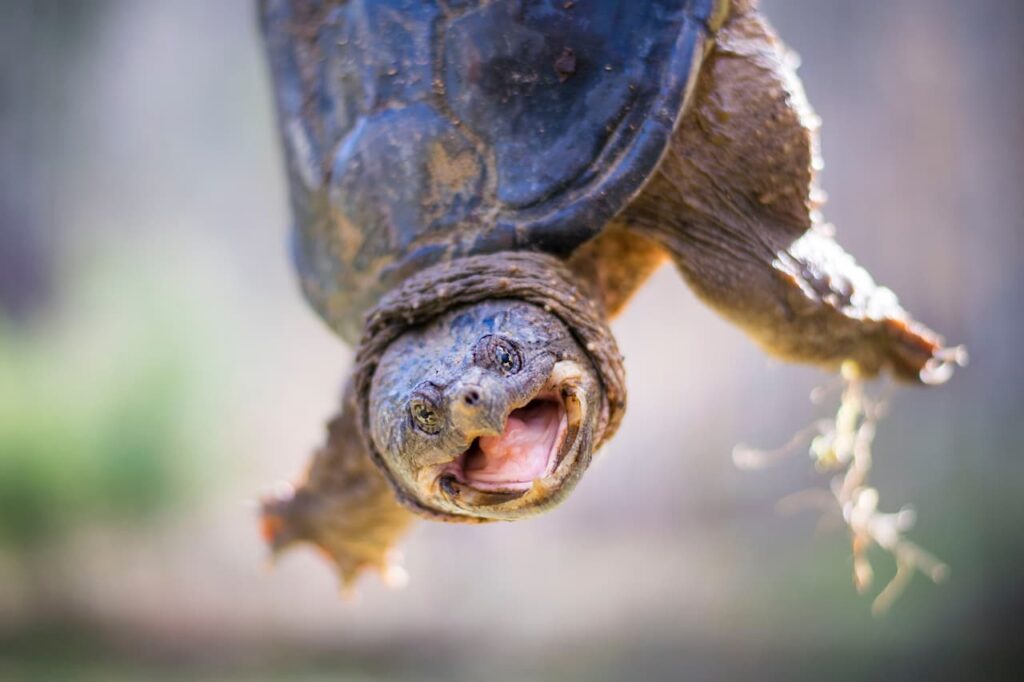
The cloaca – the turtle’s multi-purpose chamber
The confusion about turtles “breathing through their butts” stems from their unique cloaca. The cloaca is a chamber inside the turtle’s tail that has three main functions:
- Urinary and fecal waste excretion
- Reproduction – sperm and egg passage
- Respiration
The cloaca connects the turtle’s digestive, urinary, and reproductive systems. It also has an opening on the tail underside called the vent. This chamber allows a turtle to excrete waste, mate, and exchange gases all through one orifice.
The cloaca is lined with blood vessels and can absorb some oxygen from water. As the turtle pushes water through its cloaca, the lining absorbs dissolved oxygen from the water into the bloodstream. Meanwhile, carbon dioxide passes from the blood out into the cloaca to be eliminated along with fecal waste.
So while a turtle does use its cloaca for respiratory gas exchange, calling this “breathing through their butts” is misleading. The cloaca cannot supply enough oxygen on its own for normal respiration. Turtles do not actively push air in and out of their cloaca like they inhale and exhale using their lungs.
Turtle adaptations for underwater respiration
While the cloaca provides a secondary source of gas exchange, turtles still rely heavily on their lungs for getting oxygen. However, the lungs pose a challenge for animals that spend time in the water because the lungs are adapted for breathing air.
Turtles have evolved some key adaptations that allow them to effectively breathe underwater:
- A low metabolic rate – Turtles have relatively low energy and oxygen needs, which allows them to hold their breath for long periods while underwater or hibernating. Their slow metabolism means they don’t need large quantities of oxygen constantly.
- Anatomic adjustments – The turtle’s trachea has a specialized flap that closes off the glottis opening when diving. This prevents water from entering the lungs. Turtles can also shift their internal organs around to accommodate more air in the lungs before a dive.
- Skin and shell adaptations – A turtle’s skin has blood vessels near the surface that can absorb some dissolved oxygen from water. Their shells are also structured to allow for gas exchange with the environment across the shell’s surface.
- Cloacal respiration – As mentioned, the cloaca provides a supplemental source of oxygen absorption when underwater.
- Anaerobic glycolysis – Turtles can get energy through anaerobic metabolism in muscles for short bursts of activity while holding their breath. This process doesn’t require oxygen.
Due to these adaptations, most turtles can safely stay underwater for 30 minutes to a few hours at a time, depending on the species. Of course, they still need to surface regularly to breathe with their lungs. A turtle cannot get enough oxygen just through cloacal respiration alone.
How aquatically adapted turtles breathe underwater
While most turtles spend some time in the water, certain turtle species are highly aquatic and have additional adaptations for underwater breathing:
Sea Turtles
Sea turtles like leatherbacks and greens rarely leave the ocean, so they have evolved very effective means of breathing while swimming and diving. When sea turtles are deep underwater, they enter a dormant state and can go for hours without taking a fresh breath. Their slow metabolism requires minimal oxygen over long periods.
Sea turtles can also pump water in and out of their cloaca for continuous gas exchange underwater.
They have high concentrations of oxygen-binding proteins in their blood and muscles that store oxygen to use during dives. Sea turtles’ limbs are adapted into flippers, making them excellent underwater swimmers.
Softshell Turtles
Softshell turtles like the Spiny Softshell have flattened, pancake-shaped shells and webbed feet for living almost entirely in the water.
A softshell’s nose can seal shut underwater thanks to a special valve, and its long, soft, snorkel-like nose can reach the surface to breathe while the rest of the body stays submerged. Their extensive network of skin blood vessels allows for supplementary gas exchange.
Snapping Turtles
Snapping turtles are primarily aquatic and only leave the water to lay eggs on land. They have foldable skin flaps over their nostrils to seal out water, along with an extremely flexible neck and shell to snake their head above the surface while their body stays submerged. Large snapping turtles can stay underwater for several hours between breaths.
Australian Fitzroy River Turtle
This remarkable turtle can breathe underwater through specialized gill-like organs in its cloaca. The Fitzroy River turtle has prominent cloacal bursae (sac-like structures) that are heavily vascularized and absorb oxygen from the water, similar to fish gills.
This adaptation allows them to remain almost entirely aquatic in low-oxygen water. They can still breathe air through their lungs but rarely need to surface.
Why the confusion about turtle butt breathing?
There are a few reasons this myth spread that turtles can breathe solely through their butts/cloacas:
- The cloaca does allow some oxygen absorption in water, which could appear like “breathing.”
- Using the cloaca for gas exchange means a turtle’s nose and head can stay submerged, so it may not look like they are breathing air.
- People mistakenly thought the cloaca could fully substitute for the lungs in respiration.
- The name “cloaca” comes from the Latin word for “sewer,” which added to the notion turtles use their waste orifice for breathing.
- It’s an amusing, attention-grabbing concept that spreads easily through popular culture.
While the cloaca does have a respiratory function, turtles cannot use it as a standalone breathing apparatus. They require functional lungs and access to air, just like any other air-breathing animal. The ability of some highly aquatic turtles to stay submerged for hours led to exaggerations about turtles “breathing through their butts.”
Conclusion
The claim that turtles breathe through their butts or cloacas is false. All turtles, whether aquatic or terrestrial, require air exposure to breathe using their lungs.
The cloaca provides supplemental gas exchange underwater but cannot fully substitute for normal respiratory function. Highly aquatic turtles have special adaptations to extract more oxygen from water but still must surface regularly to breathe air.
While the cloaca gives turtles a unique evolutionary advantage for underwater activity, it does not give them the superpower of breathing entirely through their butts.

